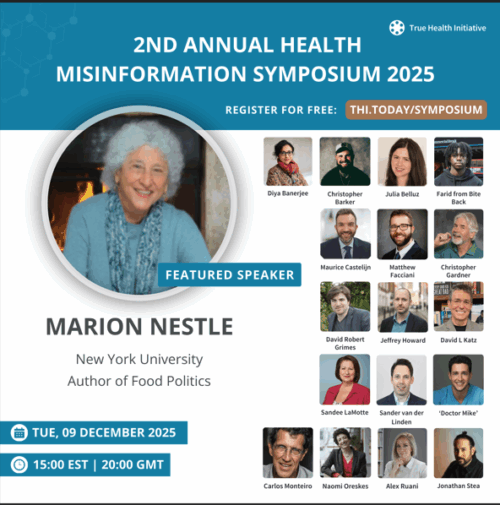
Food deserts: systematic analyses
Food deserts must be the hot new topic. USDA researchers have produced a major analysis of “food deserts,” the term used to describe low-income areas with poor access to food. According to the USDA, only about 4% of the U.S. population lives more than a mile from a supermarket but there isn’t enough research to say whether access is inadequate in areas of limited access. Oh? Maybe if the researchers had talked to people in that situation?
The report is full of statistics on poverty in the United States (check out the map of areas in the U.S. where 40% of the population lives on incomes below 200% of the poverty line). A good part of the report focuses on use of food for community development. A lot of the country could use some. The USDA might consider adding some qualitative, interview-based research to its portfolio.
And the National Academies has a report out on the effects of food deserts on public health (scroll down to read it online for free). The bottom line? More research needed.
Well, yes, but why do I think this situation needs fixing much more than it needs further research? How about asking people who live in food deserts what it might mean to them to have a supermarket within walking distance. Or am I missing some key point here?
[Posted from Fairbanks]
August 6 update: thanks to the Minneapolis-based Institute for Agriculture and Trade Policy for producing a report on programs that have more or less successfully introduced healthier foods into small stores in the middle of food deserts. The report gives guidelines on how to do this.

